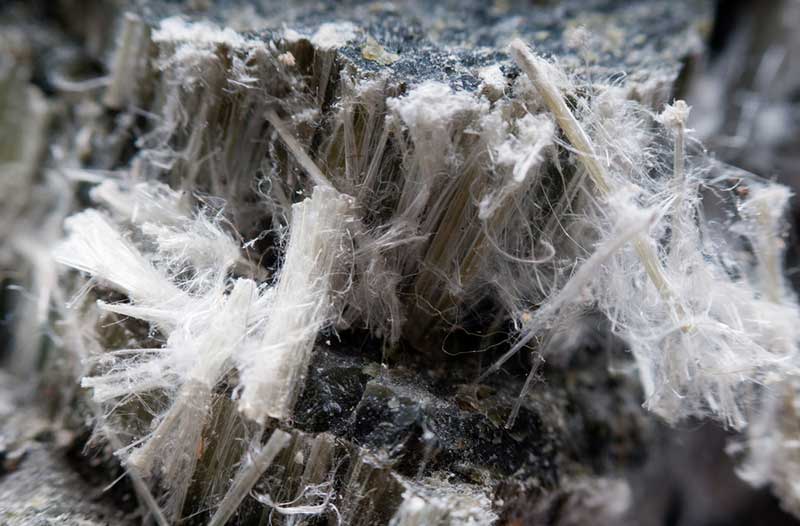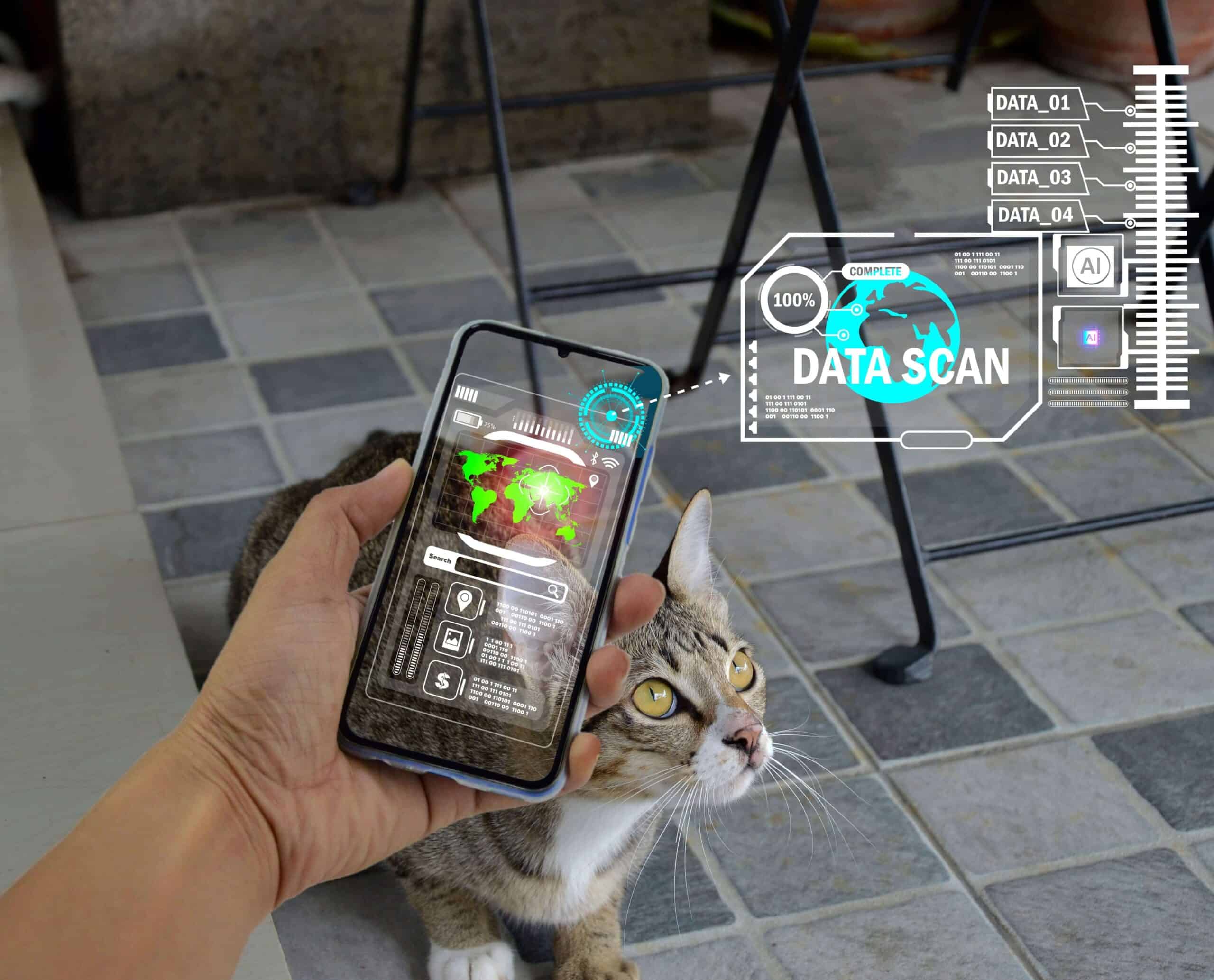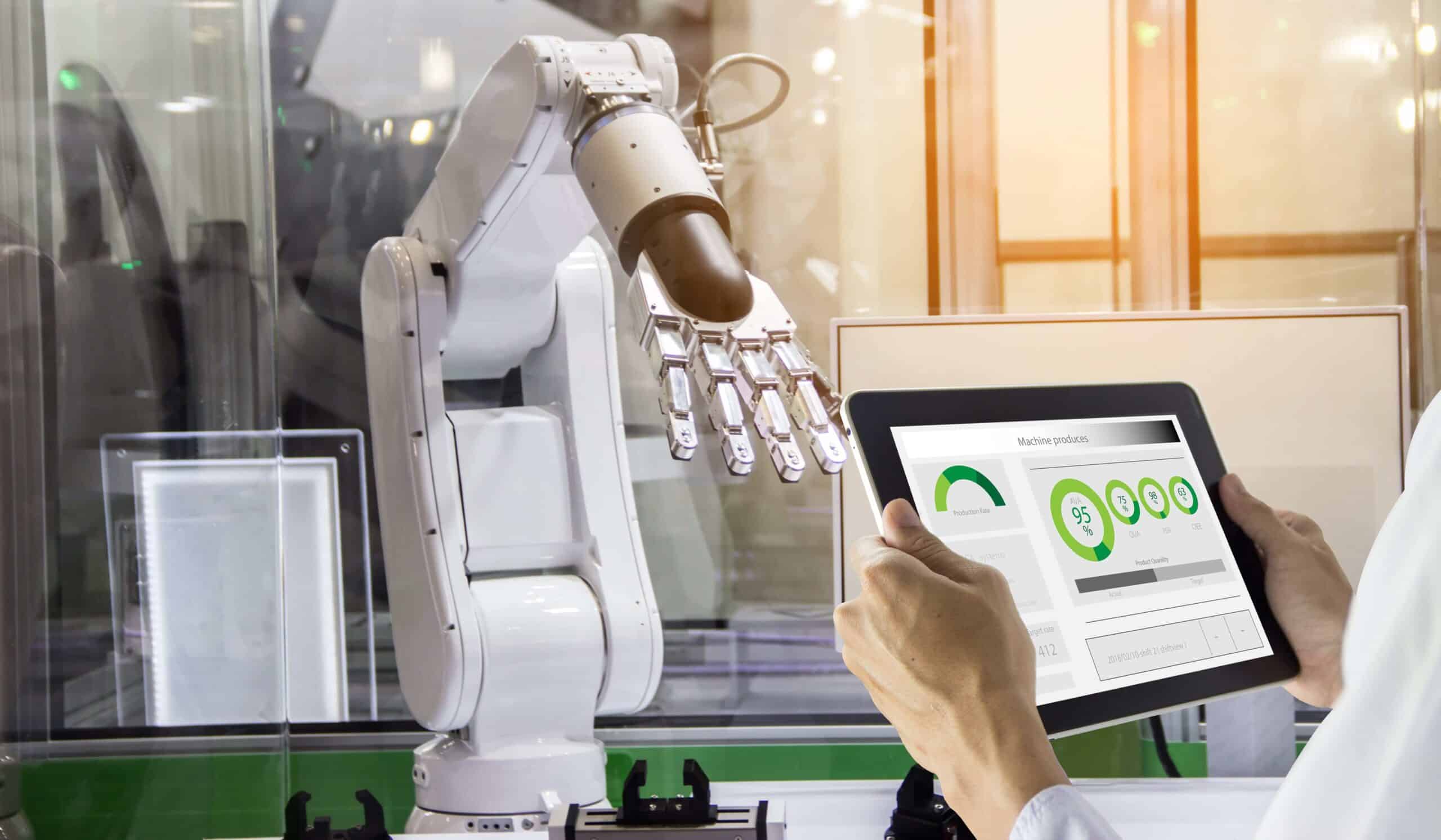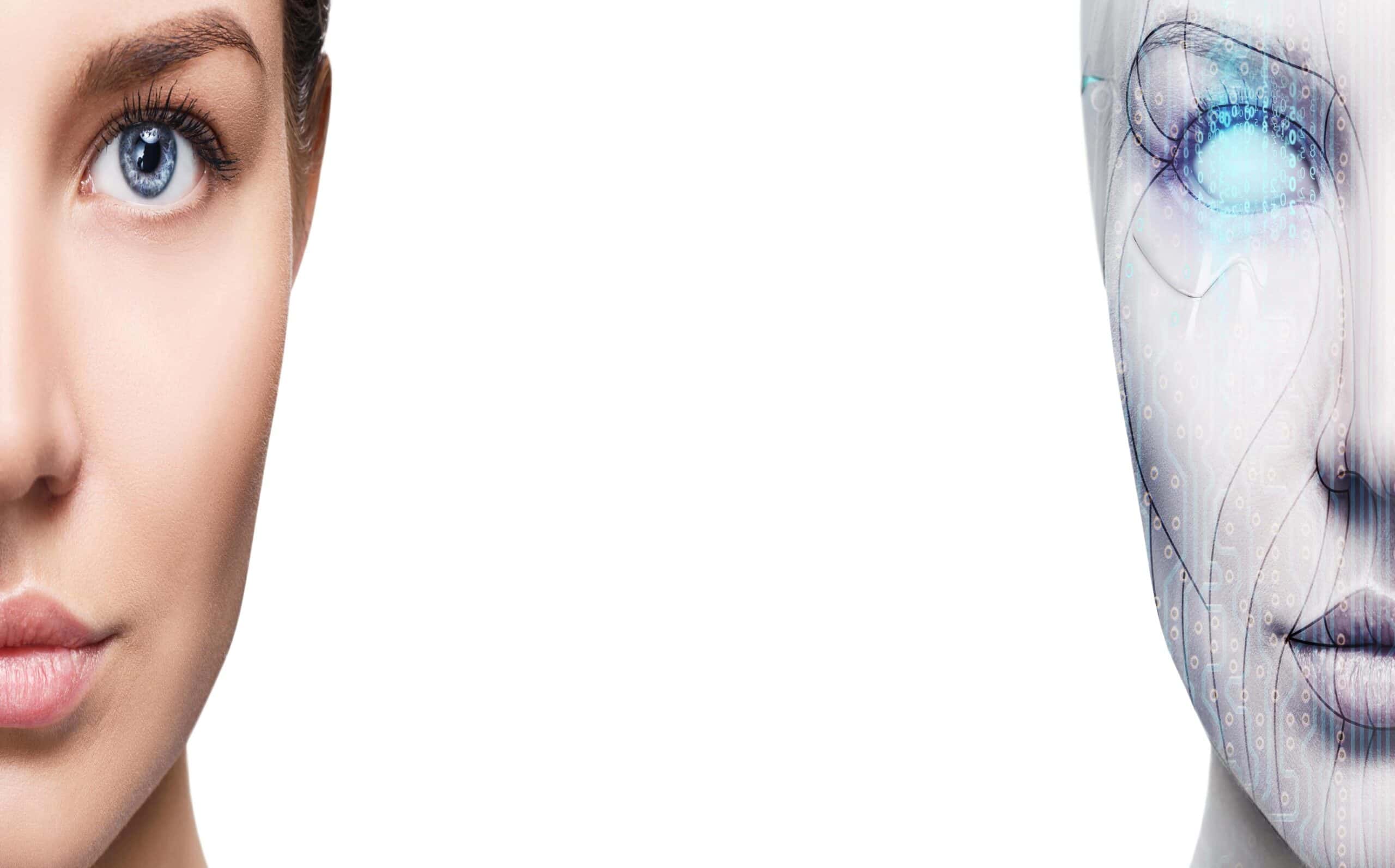- Toxic substances fill the air we breathe
- IKEA’s new curtains will remove pollutants
- Scientists use rabbit genes to genetically modify plants
- Air purifiers run by smart algorithms and powerful sensors
- Have your indoor air analysed by cutting-edge laboratories
- Can technology save us?
Air pollution is usually associated with vehicle exhaust pipes and industrial smokestacks. And while such thinking is backed up by facts, it somewhat misses the big picture. People spend around 90 per cent of their time indoors, and pollutants in our homes should be treated with equal urgency as the ones in cities. After all, exposure to smoke from cooking fires alone leads to 3.8 million premature deaths each year, mostly in low- and middle-income countries. The other leading causes of indoor air pollution include various toxic products, humidity, and inadequate ventilation.
Exposure to these pollutants can have devastating consequences, such as lung cancer and respiratory infections. Often with detrimental outcomes, these health problems are just a glimpse of what many people go through. Luckily, new technologies and products designed to monitor and purify the air could help mitigate indoor air pollution. IKEA, for instance, is testing air-purifying curtains, while scientists are injecting rabbit genes into plants to enhance their ability to remove toxins from the air. And companies such as Wynd Technologies are developing cutting-edge sensors that spot even the smallest particles in the air.
Toxic substances fill the air we breathe
Public holidays are a time when people get together and enjoy family meals. But they’re also a time when our homes, just after food is prepared, can have air as toxic as that of New Delhi, which is one of the most polluted cities on Earth. These findings were reported in a study published by researchers from the University of Texas, Austin, and they show just how varied the causes of indoor air pollution can be.
One of the well-known contaminants is asbestos, a mineral used in construction materials as a fire-retardant and insulator. It can also be found in coatings, paints, and floor tiles. Elevated concentrations of this cancer-causing substance can be found in the air when asbestos-containing materials are cut or remodelled. Many countries have banned or restricted the use of asbestos, but it can sometimes still be found in older buildings, posing a risk to our health. Formaldehyde is another dangerous chemical that can be found in some wood floors and paints. It can irritate the skin, eyes, and throat, and significant exposure can even cause some types of cancer. Formaldehyde has been banned or restricted as well, but it can be produced from other, less conspicuous sources in our homes.

And one of the most dangerous contaminants is radon, a naturally occurring radioactive gas that’s created “when uranium, thorium, or radium, which are radioactive metals break down in rocks, soil and groundwater”. Present in the air, it penetrates “through cracks and gaps in buildings and homes”. It can’t be seen or smelled, and the US Environmental Protection Agency (EPA) reports that “radon is the number one cause of lung cancer among non-smokers.” Exposure to this gas can only be discovered through testing.

Tobacco smoke is also a major indoor air pollutant as it contains numerous harmful chemicals such as formaldehyde and carbon monoxide. In fact, it’s one of the leading causes of lung cancer and asthma attacks. In addition to this, homes with a high level of humidity and wet surfaces are breeding grounds for a number of biological contaminants such as mould, bacteria, viruses, dust, mites, and pollen. These can cause allergic reactions such as hypersensitivity pneumonitis or some types of asthma, and even lead to digestive problems. People that use fireplaces, space heaters, and wood stoves are at risk, too, as these objects produce carbon monoxide and nitrogen dioxide, gases that are poisonous, and even deadly in high concentrations.
Other household items such as paints and cleaning products can contain harmful airborne contaminants as well. And with an ever-growing array of potentially dangerous substances, it can be complicated for ordinary people to take care of their health. That’s why various companies develop air purifiers that track levels of air pollution in homes and clean the air, and this market is set to reach $15 billion by 2023.
IKEA’s new curtains will remove pollutants
IKEA, a Swedish furniture company, is developing air-purifying curtains called Gunrid. And although they look like any other curtains, the fabric is coated with a special mineral layer that will clean the air in a process “similar to photosynthesis found in nature”. The company didn’t reveal any details about the mineral layer, but titanium dioxide is one of the potential ingredients, as this chemical has been used in air-purifying textiles before.
The curtains react when exposed to indoor or outdoor light by breaking down pollutants such as formaldehyde. They’re expected to hit the market in 2020, and the price is yet to be announced. Lena Pripp-Kovac, IKEA’s head of sustainability, says that the company is one of the very first to use this technology, and that “the development will give us opportunities for future applications on other textiles.” She also adds that “Besides enabling people to breathe better air at home, we hope that Gunrid will increase people’s awareness of indoor air pollution, inspiring behavioural changes that contribute to a world of clean air.”
Scientists use rabbit genes to genetically modify plants
And although curtains are an innovative solution, some people would rather use plants to clean indoor air. This approach is commendable, but it’s also inefficient, as it would take 20 plants to remove gases like formaldehyde from a typical room. That’s why a group of scientists from the University of Washington turned to a mammalian gene called CYP2E1, which encodes cytochrome P450 2E1, an enzyme known for its air-purifying properties.
The team injected rabbit CYP2E1 into the genome of pothos ivy, and then placed this houseplant in a closed vial filled with benzene or chloroform gas. They also placed unmodified ivy in vials as a control group. The results show that the unmodified ivy wasn’t able to purify the air, but the plants enhanced with the new gene managed to almost completely remove harmful gases from the vial in eight days. The researchers hope that genetically modified plants can serve as an efficient biofilter that provides clean air and neutralises volatile organic carcinogens, such as formaldehyde, benzene, and chloroform at rates similar to those of commercial filters.
Air purifiers run by smart algorithms and powerful sensors
While scientists experiment with plants, traditional filters remain one of the more efficient ways to monitor and clean the air. The tech firm Wynd Technologies, for instance, developed two separate devices for that purpose. The Wynd Halo monitors air quality using ten sensors and can “identify and measure particles 700-times smaller than the diameter of a human hair”. The sensor data is then processed by powerful machine learning algorithms at a speed of 100,000 readings per second. This technology measures even the composition of the air and pollutants, instead of only providing the user with a general overview of indoor pollution.
The Wynd Home Purifier is the second device that takes the measurements of the Halo and acts to remove germs, chemicals, allergens, and other contaminants from the air. It uses V-Series HEPA filters that take 30 minutes to purify the air in a 110-square-metre room. And the Home Purifier will only turn on when air pollutants are present, instead of working non-stop and wasting energy. Also, the device can be paired with other smart home devices, and it even learns your habits so that it can, for instance, run when you’re at work or turn to quieter levels when you come home.
Have your indoor air analysed by cutting-edge laboratories
Though some air-analysis solutions on the market might provide only the basic pollution information, a company called Prism Analytical Technologies provides an alternative. Its Home Air Check tests come with an air sample collector that, once used, is returned to Prism’s state-of-the-art lab. The samples are then analysed and customers are provided with detailed results and measures that need to be taken to improve their indoor air quality. If you’ve bought a new home or remodelled the current one, the Formaldehyde Test can check for the presence of this dangerous substance. And if your home has high humidity, Total Mold Volatile Organic Compounds can help you detect mould while it’s in the active growth phase and thus undetectable by the human nose.
Can technology save us?
Air pollution is one of the key challenges that humanity faces in the 21st century. And while people are well aware of outdoor air pollution caused by fossil fuel emissions and rapid urbanisation, indoor air pollution has mostly been ignored. But this is changing as we realise that the air in our homes and offices is often filled with toxic contaminants that we can’t even see or smell.
Millions of people are at risk of premature death because they inhale harmful substances such as asbestos, formaldehyde, carbon monoxide, and nitrogen dioxide in their homes and offices. At the very least, they could suffer from severe health conditions. That’s why using technology to provide clean indoor air is crucial, and various air purifying products are already on the market. Scientists are also developing new solutions to this problem, and innovative efforts are bound to provide people with a fighting chance against the invisible enemy in our homes.








